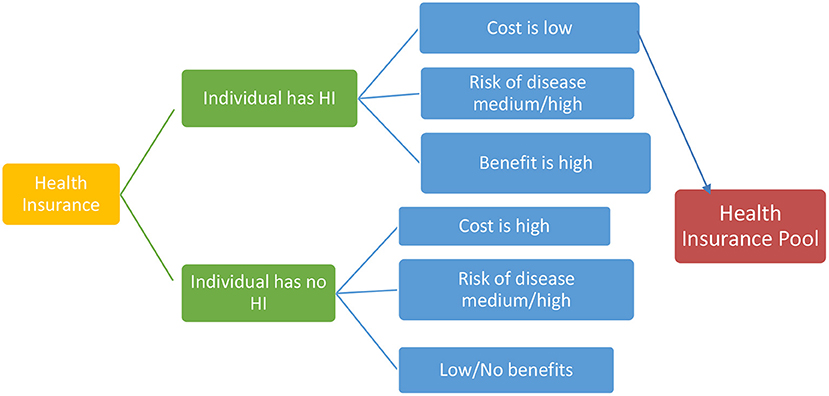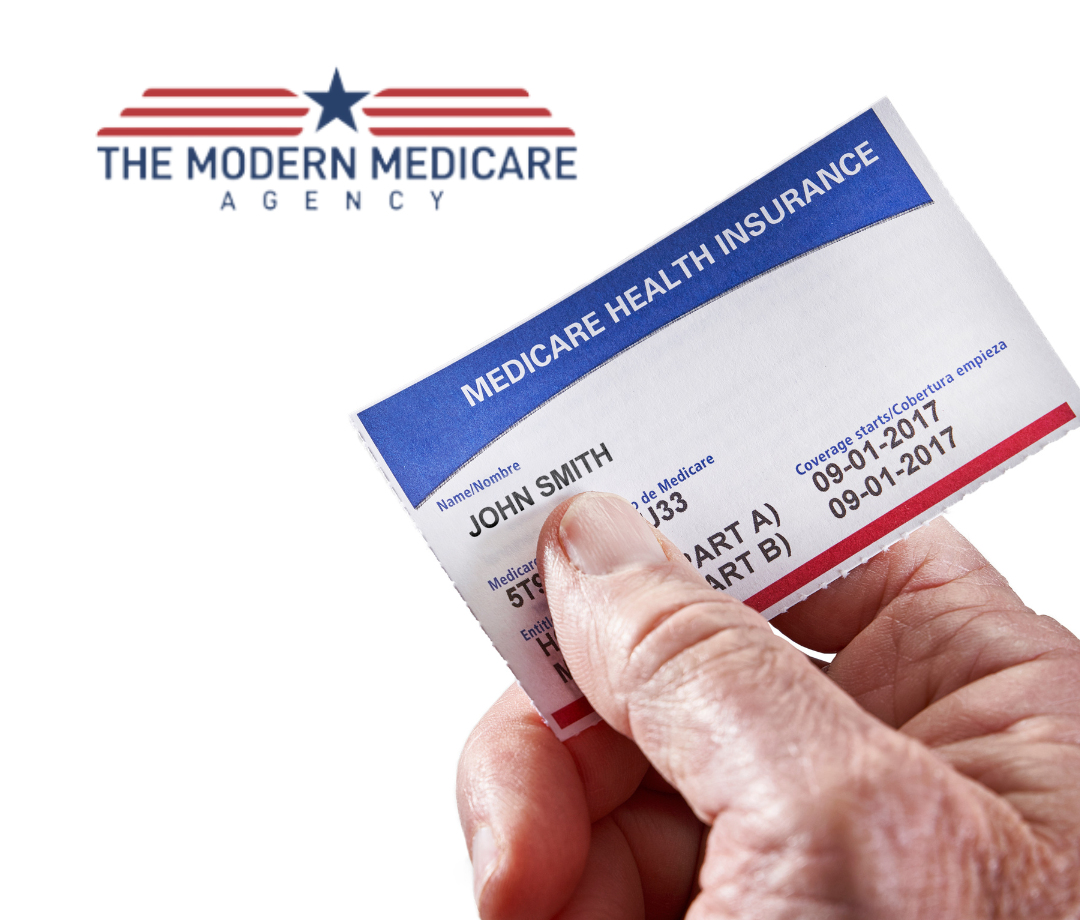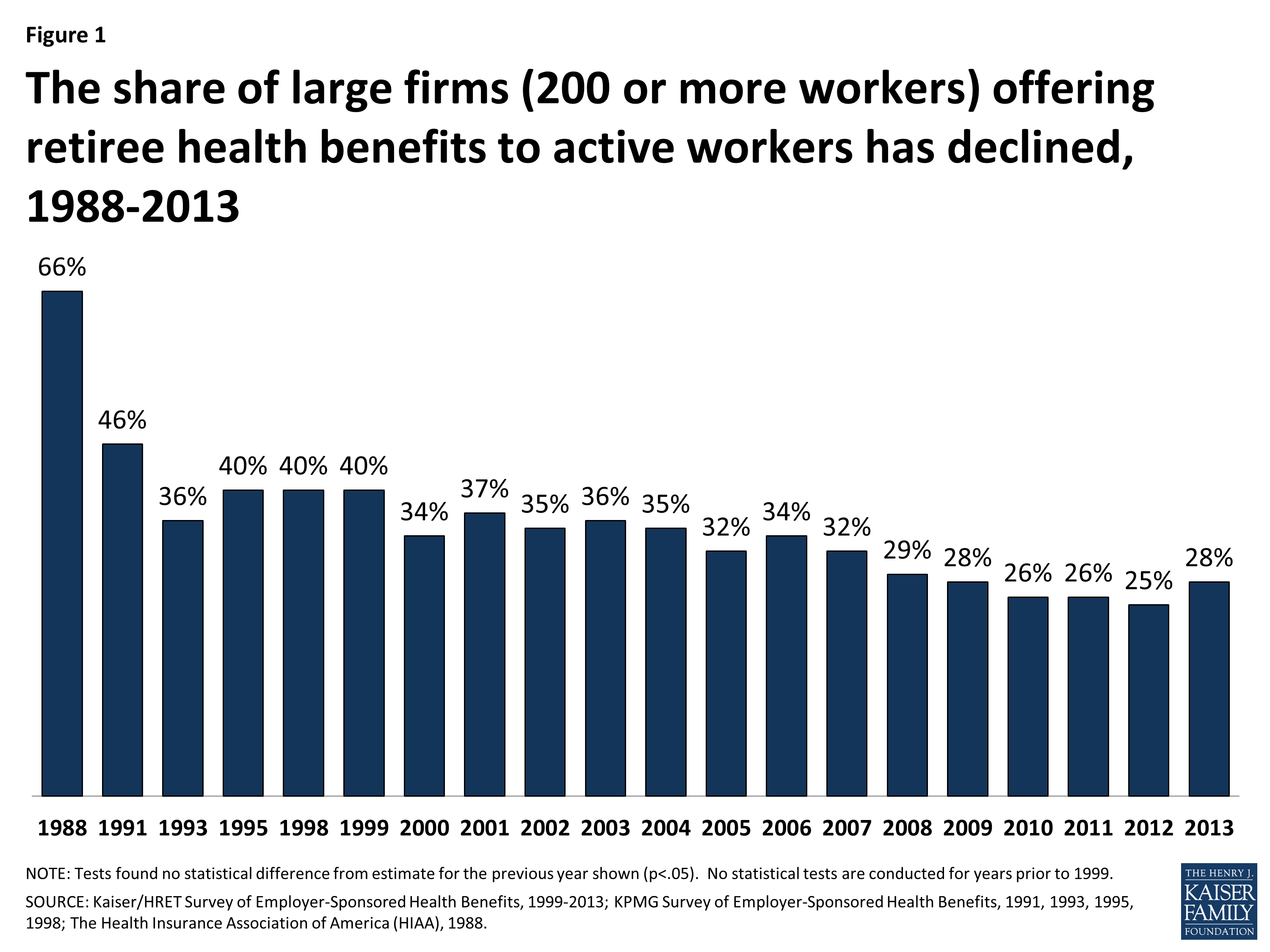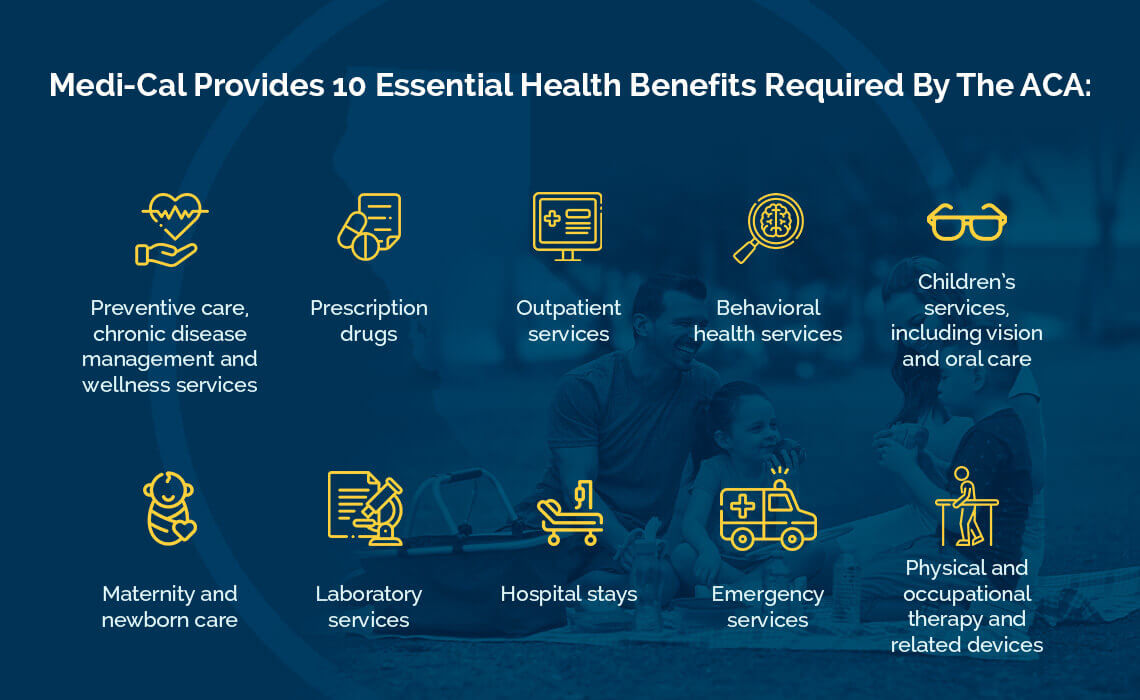Medicare Advantage Agent - The Facts
Wiki Article
The Best Strategy To Use For Medicare Advantage Agent
Table of ContentsFascination About Medicare Advantage AgentAll about Medicare Advantage AgentGetting The Medicare Advantage Agent To Work


follows from complies with the puzzling young fairly profile of the uninsured with without insurance better healthFar better wellness average, standard younger persons. For those without accessibility to office health and wellness insurance coverage, inadequate health and wellness is a possible obstacle to purchasing nongroup protection since such coverage may be highly valued, omit pre-existing problems, or be simply not available. Unless otherwise kept in mind, national estimates of individuals without health insurance and proportions of the populace with various kinds of insurance coverage are based on the CPS, the most extensively made use of source of estimates of insurance protection and uninsurance prices.

Medicare Advantage Agent Fundamentals Explained
Over a three-year duration starting early in 1993, 72 million people, 29 percent of the U.S. populace, were without insurance coverage for at the very least one month. Within a single year(1994), 53 million individuals experienced a minimum of a month without protection(Bennefield, 1998a). Six out of every ten uninsured adults are themselves used. Working does boost the possibility that one and one's household participants will certainly have insurance policy, it is not an assurance. Even participants of family members with 2 permanent wage earners have almost a one-in-ten possibility of being uninsured (9.1 percent uninsured price)(Hoffman and Pohl, 2000 ). The partnership in between health and wellness insurance coverage and accessibility to care is well developed, as documented later on in this phase. Although the partnership in between health insurance and health and wellness outcomes is neither direct neither easy, a considerable professional and health and wellness services research study literary works web links medical insurance protection to better accessibility to care, better high quality, and enhanced individual and populace health status. The 2nd record, on individual health and wellness results for without insurance adults, is stood for by the innermost circle of the figure, while the 3rd record, on family well-being, includes the topics of the second report however emphasizes a different unit of analysis, specifically, the family. The 6th report in the series will certainly provide info regarding techniques and campaigns carried out locally, statewide, or across the country to resolve the lack of insurance policy and its unfavorable impacts. Levels of analysis for analyzing the effects of uninsurance. This discussion of health and wellness insurance protection concentrates largely on the united state populace under age 65 since virtually all Americans 65 and older have Medicare or various other public insurance coverage.
Moreover, it concentrates particularly on those without any health and wellness insurance for any kind of length of time. The troubles faced by the underinsured are in some aspects similar to those dealt with by the without insurance, although they are usually less serious. Uninsurance and underinsurance, however, include definitely various policy problems, and the techniques for addressing them may differ. Throughout this research study and the five reports to adhere to, the primary emphasis is on persons without any health and wellness insurance and therefore no help in paying for healthcare past what is readily available with charity and safeguard institutions. Health and wellness insurance coverage is a powerful variable influencing invoice of treatment due to the fact that both clients and doctors react to the out-of-pocket cost of solutions. Wellness insurance coverage, nonetheless, is neither needed nor enough to get to medical solutions. The independent and straight effect of wellness insurance coverage on access accessibility health wellness is well establishedDeveloped Others will certainly acquire the health treatment they require also without wellness insurance coverage, by spending for it expense or seeking it from suppliers who supply treatment free or at highly subsidized rates. For still others, medical insurance alone does not guarantee invoice of care due to the fact that of various other nonfinancial barriers, such as a lack of healthcare companies in their area, restricted access to transport, illiteracy, or etymological and social distinctions. Formal research concerning without insurance my explanation populaces in the United States dates to the late 1920s and early 1930s when the Committee on the Price of Medical Treatment generated a series of reports about funding physician workplace gos to and hospital stays. This problem became salient as the varieties of clinically indigent climbed up during the Great Anxiety. Empirical research studies regularly sustain the link between access to care and enhanced health results(Bindman et al., 1995; Starfield, 1995 ). Having a normal source of treatment can be thought about a forecaster of gain access to, as opposed to a straight measure of it, when health outcomes are themselves used as access indications. This expansion of the idea of gain access to measurement was made by the IOM Board on Keeping Track Of Access to Personal Health Treatment Provider(Millman, 1993, p. Whether moms and dads are guaranteed shows up to influence whether their children get treatment in addition to just how much careeven if the youngsters themselves have coverage(Hanson, 1998). The wellness of moms and dads can affect their capability to care for their children and the degree of family stress and anxiety. Fretting about their kids's accessibility to care is itself a source of stress for moms and dads. Three chapters follow in this record. Phase 2 gives an overview of just how employment-based health and wellness insurance, public programs and private insurance plan operate and engage to supply substantial yet incomplete protection of the U.S. populace. This includes a review of historical fads and public plans impacting both public and personal insurance policy, a discussion of the communications amongst the various kinds of insurance coverage, and an assessment of why people relocate from one program to one more or wind up

Report this wiki page